
The Last Supper is a mural painting by the Italian High Renaissance artist Leonardo da Vinci, dated to c. 1495–1498, housed in the refectory of the Convent of Santa Maria delle Grazie in Milan, Italy. The painting represents the scene of the Last Supper of Jesus with the Twelve Apostles, as it is told in the Gospel of John – specifically the moment after Jesus announces that one of his apostles will betray him. Its handling of space, mastery of perspective, treatment of motion and complex display of human emotion has made it one of the Western world's most recognizable paintings and among Leonardo's most celebrated works. Some commentators consider it pivotal in inaugurating the transition into what is now termed the High Renaissance.

Bartolomé Esteban Murillo was a Spanish Baroque painter. Although he is best known for his religious works, Murillo also produced a considerable number of paintings of contemporary women and children. These lively realistic portraits of flower girls, street urchins, and beggars constitute an extensive and appealing record of the everyday life of his times. He also painted two self-portraits, one in the Frick Collection portraying him in his 30s, and one in London's National Gallery portraying him about 20 years later. In 2017–18, the two museums held an exhibition of them.

Georgia Totto O'Keeffe was an American modernist painter and draftswoman whose career spanned seven decades and whose work remained largely independent of major art movements. Called the "Mother of American modernism", O'Keeffe gained international recognition for her meticulous paintings of natural forms, particularly flowers and desert-inspired landscapes, which were often drawn from and related to places and environments in which she lived.
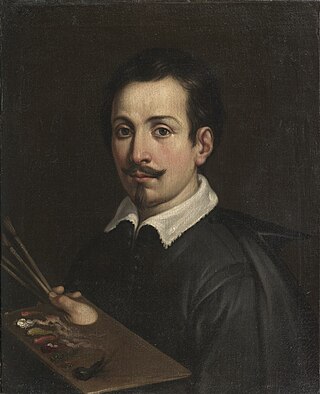
Guido Reni was an Italian painter of the Baroque period, although his works showed a classical manner, similar to Simon Vouet, Nicolas Poussin, and Philippe de Champaigne. He painted primarily religious works, but also mythological and allegorical subjects. Active in Rome, Naples, and his native Bologna, he became the dominant figure in the Bolognese School that emerged under the influence of the Carracci.

Henry Ossawa Tanner was an American artist who spent much of his career in France. He became the first African-American painter to gain international acclaim. Tanner moved to Paris, France, in 1891 to study at the Académie Julian and gained acclaim in French artistic circles. His painting Daniel in the Lions' Den was accepted into the 1896 Salon, the official art exhibition of the Académie des Beaux-Arts in Paris. Tanner's Resurrection of Lazarus was purchased by the French government after winning the third-place medal at the 1897 Salon. In 1923, the French government elected Tanner chevalier of the Legion of Honor.
Sister Gertrude Morgan was a self-taught African-American artist, musician, poet and preacher. Born in LaFayette, Alabama, she relocated to New Orleans in 1939, where she lived and worked until her death in 1980. Sister Morgan achieved critical acclaim during her lifetime for her folk art paintings. Her work has been included in many groundbreaking exhibitions of visionary and folk art from the 1970s onwards.

Monica Sjöö was a Swedish-born British-based painter, writer and radical anarcho/ eco-feminist who was an early exponent of the Goddess movement. Her books and paintings were foundational to the development of feminist art in Britain, beginning at the time of the founding of the women's liberation movement around 1970.

Olive Rush was a painter, illustrator, muralist, and an important pioneer in Native American art education. Her paintings are held in a number of private collections and museums, including: the Brooklyn Museum of New York City, the Haan Mansion Museum of Indiana Art, the Indianapolis Museum of Art, Indiana and the Smithsonian American Art Museum.
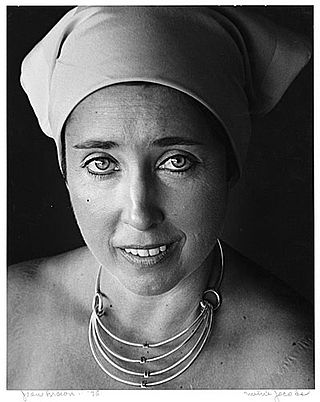
Joan Brown was an American figurative painter who lived and worked in Northern California. She was a member of the "second generation" of the Bay Area Figurative Movement.

The Mabee-Gerrer Museum of Art is a non-profit art museum in Shawnee, Oklahoma, USA. It is located on the former Oklahoma Baptist University Green Campus, being the campus of the former St. Gregory's University. In June of 2024, over six years since the closing of St. Gregory's University, it was announced that the university land would return to the monks of St. Gregory's Abbey. The museum operated independently of St. Gregory's University and Oklahoma Baptist University and survived the closure and operational changes of the campus grounds.

Brian T. Kershisnik is an American painter. He studied art at the University of Utah, Brigham Young University (BYU), and the University of Texas at Austin. He lives in Salt Lake City, Utah.
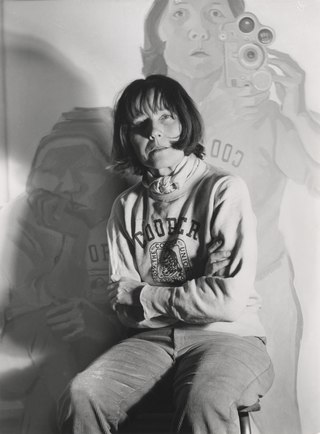
Maria Lassnig was an Austrian artist known for her painted self-portraits and her theory of "body awareness". She was the first female artist to win the Grand Austrian State Prize in 1988 and was awarded the Austrian Decoration for Science and Art in 2005. Lassnig lived and taught in Vienna from 1980 until her death.
Stephen Mopope (1898–1974) was a Kiowa painter, dancer, and Native American flute player from Oklahoma. He was the most prolific member of the group of artists known as the Kiowa Six.

Benjamin Harjo Jr. was a Native American painter and printmaker based in Oklahoma.
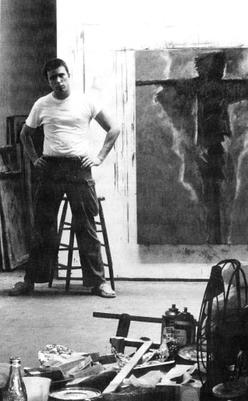
James W. Jack Boynton was an American artist.

Rev. Gregory Gerrer, OSB was a Benedictine Priest at Sacred Heart Abbey, artist, art historian and museum founder.
Dorothy Hood was an American painter in the Modernist tradition. Her work is held in private collections and at several museums, most notably the Museum of Modern Art and Museum of Fine Arts, Houston. Her preferred mediums were oil paint and ink.
G. Patrick Riley is an artist, art educator and mask maker from Oklahoma. His masks have been used in productions at the Kennedy Center. His works are in the collections of Mabee-Gerrer Museum of Art, Oklahoma State Capitol, Arkansas Arts Center, AT&T collection and Lady Gaga. In 2011, the Oklahoma Supreme Court awarded Riley a commission to create an eagle sculpture, 28 feet in height, in the atrium of the supreme court building.
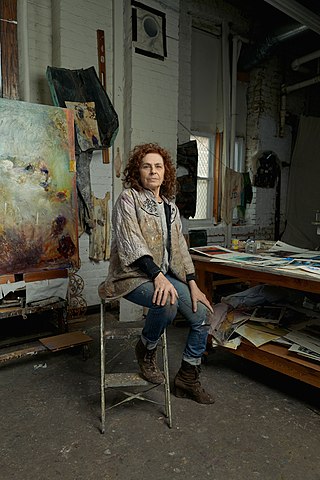
Cianne Fragione is an American-born Italian abstract artist based in Washington, D.C. She is known for her mixed-media works that incorporate found objects and textiles with heavily layered oil paint and collage. She can be found in the permanent collections of the Baltimore Museum of Art, Cecil H. Green Library at Stanford University, and Georgetown College.
Marta Sánchez is a Chicana painter known for her retablos paintings, works on paper such as serigraphs and monotypes, and cascarones. She currently teaches at the Philadelphia Museum of Art, St. Joseph's University, and the Springside Chestnut Hill Academy.













